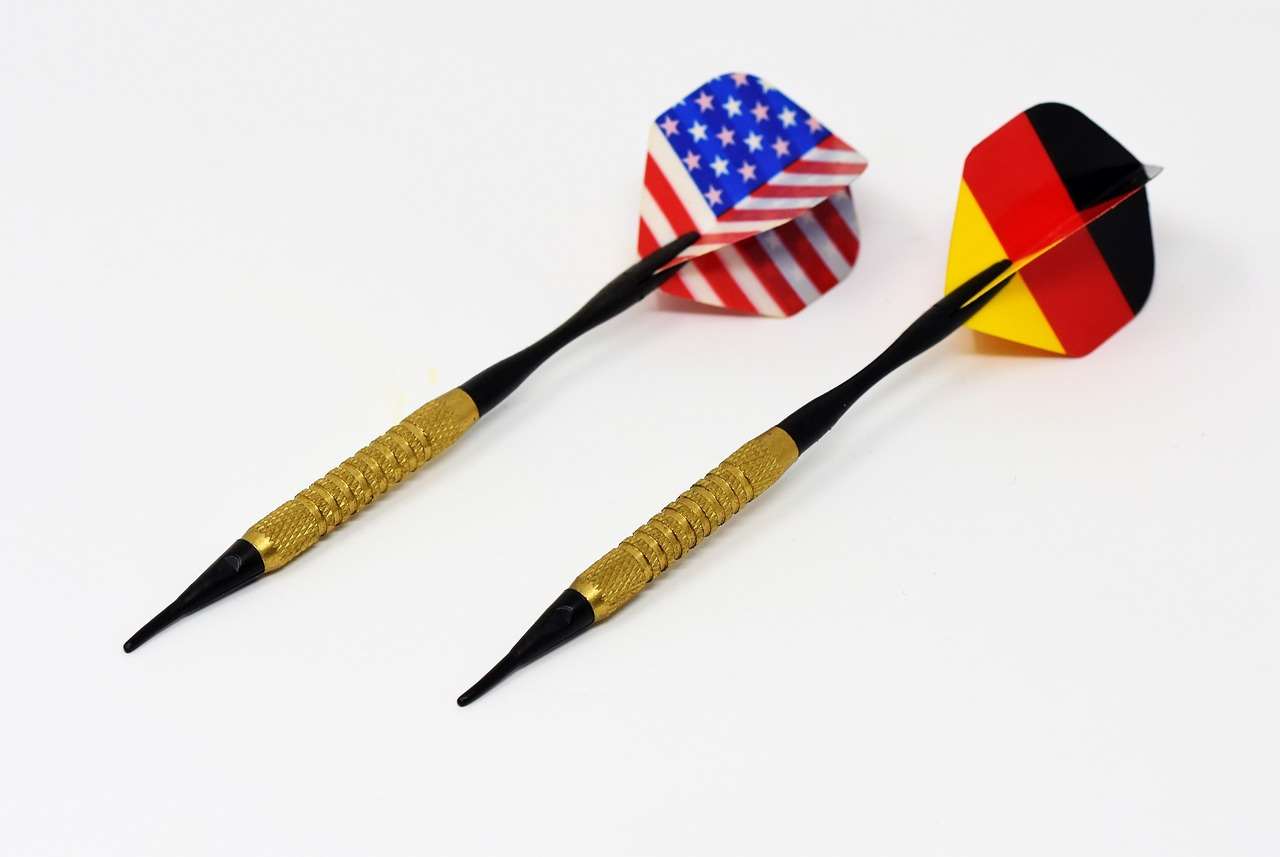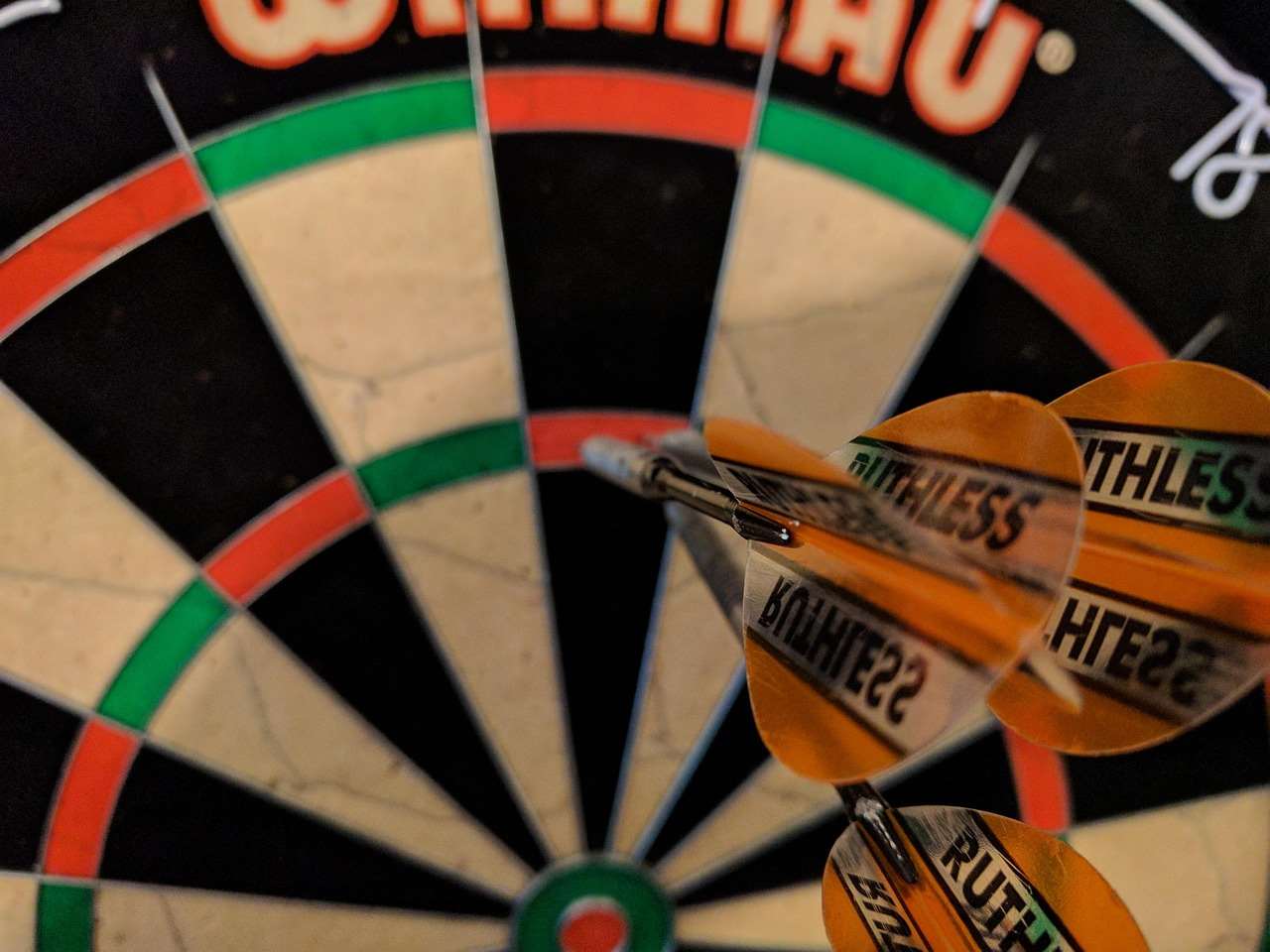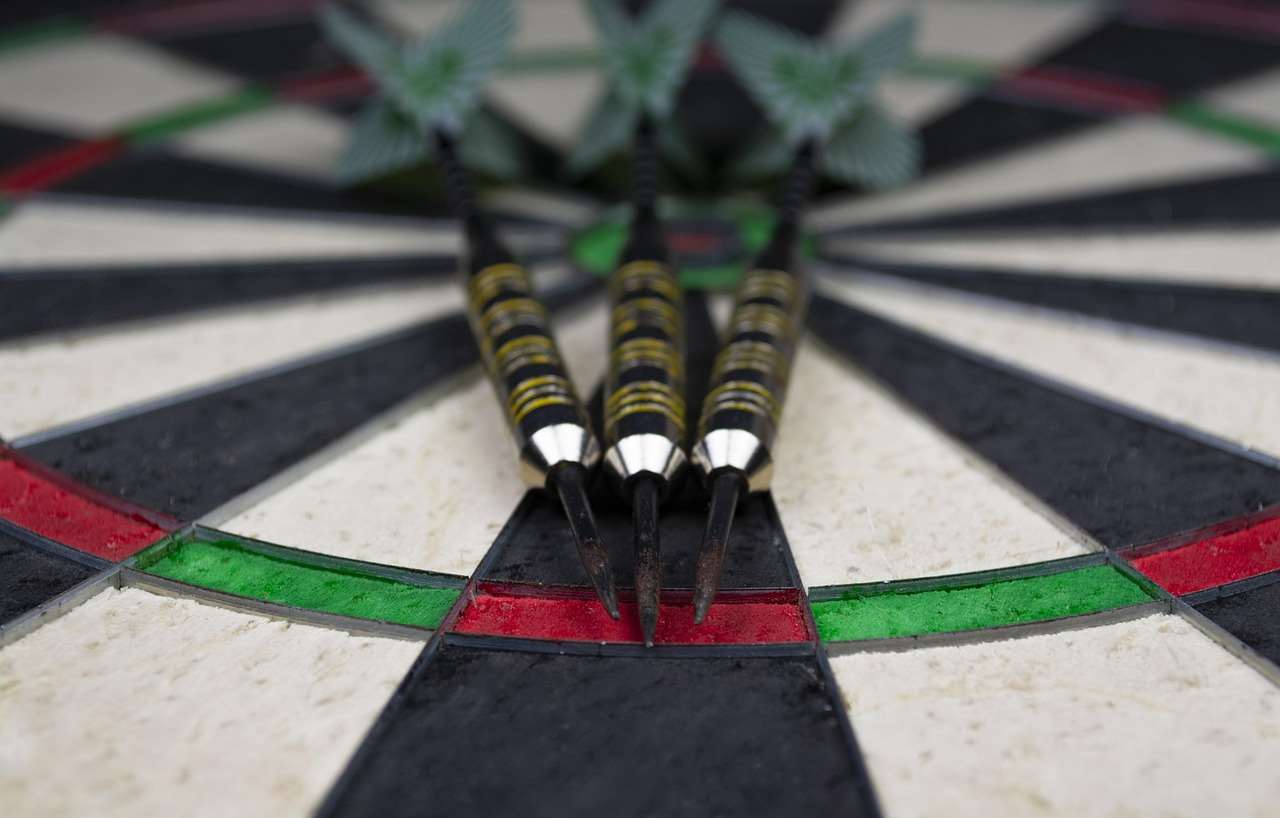Want to become a darts master level 1? It starts with mastering the basics! This article will guide you through everything you need to know, from setting up your dartboard to perfecting your stance and throw, laying the foundation for your journey to darts excellence.
⚠️ Still Using Pen & Paper (or a Chalkboard)?! ⚠️
Step into the future! The Dart Counter App handles all the scoring, suggests checkouts, and tracks your stats automatically. It's easier than you think!
Try the Smart Dart Counter App FREE!Ready for an upgrade? Click above!
The First Steps to Become a Darts Master Level 1
The journey to darts mastery, to become a darts master level 1, begins with understanding the fundamentals. This includes selecting the right equipment, setting up your dartboard correctly, and learning the proper stance and grip. Neglecting these foundational elements will hinder your progress, no matter how much you practice. Let’s dive into the essentials to set you on the right path.
Choosing Your Darts: A Beginner’s Guide
The type of darts you choose can significantly impact your game. For beginners, it’s recommended to start with brass darts, as they are more affordable and readily available. Look for darts with a weight between 22 and 24 grams. This weight range provides a good balance for most players. Consider the grip of the dart as well; a knurled grip can offer better control, especially for beginners still developing their technique. Don’t be afraid to experiment with different barrel shapes to find what feels most comfortable in your hand.
Essential Dartboard Setup: Height and Distance
Proper dartboard setup is absolutely crucial for consistent practice and fair play. The bullseye of the dartboard should be 5 feet 8 inches (1.73 meters) from the floor. The oche, or throwing line, should be 7 feet 9 1/4 inches (2.37 meters) from the face of the dartboard. Measure carefully and ensure the board is securely mounted to avoid wobbling during play. Using a level to ensure the board is perfectly vertical is also important. For more details, check out this article about darts bullseye to oche.

Mastering the Basics: Stance, Grip, and Throw
Once your dartboard is properly set up, it’s time to focus on your technique. This involves developing a consistent stance, a comfortable grip, and a smooth, repeatable throw. Consistency is key in darts, and mastering these basic elements is essential for improving your accuracy and score.
Finding Your Perfect Stance
Your stance provides the foundation for your throw. Most players adopt either a side-on stance or a front-on stance. In the side-on stance, your dominant foot is placed near the oche, with your body angled towards the dartboard. The front-on stance involves facing the dartboard directly. Experiment with both to find which feels more natural and balanced. Regardless of your stance, ensure your weight is evenly distributed and your body is stable. Practice darts oche distance in inches to improve your stance.
The Art of the Grip
The grip is a highly personal aspect of darts. There’s no single “correct” grip, but there are some guidelines to follow. Avoid gripping the dart too tightly, as this can lead to tension and erratic throws. Instead, use a relaxed grip, holding the dart with your thumb, index finger, and middle finger. Experiment with different grip points along the barrel to find what gives you the best control. Consider using a dart board focus foam for added grip and consistency.
Developing a Smooth Throw
The throw is the culmination of your stance and grip. The goal is to create a smooth, fluid motion that is repeatable every time. Start with your elbow raised and your forearm pointing towards the dartboard. As you bring the dart forward, keep your elbow steady and release the dart with a flick of your wrist. Follow through with your hand towards the target. Practice this motion repeatedly until it becomes second nature. Remember to check App to score darts to track your progress and identify areas for improvement.

Practice Drills to Improve Your Accuracy
Consistent practice is essential for improving your darts skills. However, simply throwing darts aimlessly won’t lead to significant progress. Instead, focus on structured practice drills that target specific areas of your game.
Around the Clock: A Classic Accuracy Drill
The “Around the Clock” drill is a classic exercise for improving your accuracy on all sections of the dartboard. Start by aiming for the number 1, then the number 2, and so on, until you’ve hit every number on the board in sequence. This drill helps you develop consistency and precision across the entire board.
Bullseye Challenge: Hone Your Center Shot
The bullseye is the highest-scoring area on the dartboard, and mastering it is crucial for competitive play. Dedicate time to practicing hitting the bullseye consistently. Try setting a goal, such as hitting the bullseye 10 times in a row. This drill will improve your focus and accuracy on the center of the board.
Targeted Practice: Focus on Specific Numbers
Identify the numbers you struggle with most and dedicate practice time specifically to those areas. For example, if you consistently miss the number 20, spend time focusing on hitting that section of the board. This targeted practice will help you eliminate weaknesses in your game. You can even use specific sounds from the darts 180 voice to mark your progress.

Avoiding Common Beginner Mistakes
As you begin your darts journey, it’s important to be aware of common mistakes that beginners often make. Avoiding these pitfalls will help you progress more quickly and efficiently.
Gripping the Dart Too Tightly
As mentioned earlier, gripping the dart too tightly can lead to tension and erratic throws. Focus on maintaining a relaxed grip, allowing the dart to flow smoothly from your hand. Imagine holding a delicate bird; you want to hold it securely, but not crush it.
Inconsistent Stance
An inconsistent stance can throw off your entire throw. Make sure you maintain a consistent stance every time you step up to the oche. This includes your foot placement, body angle, and weight distribution. Record yourself to analyse your stance and identify any inconsistencies.
Rushing Your Throw
Rushing your throw can lead to inaccuracies. Take your time, focus on your target, and execute your throw smoothly and deliberately. Don’t be afraid to pause and reset if you feel rushed or uncomfortable.
Mental Game: Staying Focused and Calm
Darts is not just a physical game; it’s also a mental one. Staying focused and calm under pressure is essential for consistent performance. Develop strategies for managing your emotions and maintaining your concentration.
Visualization Techniques: See Yourself Succeeding
Before each throw, take a moment to visualize yourself hitting your target. Imagine the dart flying smoothly through the air and landing precisely where you want it to go. This visualization technique can help boost your confidence and improve your accuracy.
Breathing Exercises: Calm Your Nerves
Deep breathing exercises can help calm your nerves and improve your focus. Before each throw, take a few slow, deep breaths to center yourself and release any tension. Inhale deeply through your nose, hold for a few seconds, and exhale slowly through your mouth.
Positive Self-Talk: Encourage Yourself
Use positive self-talk to encourage yourself and stay motivated. Replace negative thoughts with positive affirmations, such as “I can hit this,” or “I am a good darts player.” A positive mindset can make a significant difference in your performance.

Equipment Upgrades: When to Invest
As you progress in your darts journey, you may consider upgrading your equipment. While it’s not necessary to spend a fortune, investing in higher-quality darts and accessories can enhance your performance and enjoyment of the game.
Tungsten Darts: Improved Accuracy and Control
Tungsten darts are denser than brass darts, allowing for a slimmer barrel that is easier to grip and control. They also tend to be more durable and resistant to wear and tear. When you’re ready to upgrade, consider investing in a set of tungsten darts with a weight and grip that suits your throwing style.
High-Quality Flights and Shafts
Flights and shafts play a crucial role in the aerodynamics of your darts. Experiment with different shapes, sizes, and materials to find what works best for you. Look for flights and shafts made from durable materials that will withstand wear and tear. Remember, setting up your own dart board for home provides the perfect opportunity to test and refine your equipment choices.

Moving Beyond Level 1: Continuing Your Darts Journey
Mastering the basics is just the first step on your path to darts excellence. To continue improving, you’ll need to dedicate time to consistent practice, seek out challenges, and learn from your experiences. Consider joining a local darts league or club to compete against other players and gain valuable experience. Watch professional darts players to learn from their techniques and strategies. Most importantly, never stop learning and striving to improve. Remember this guide to become a darts master level 1 is just the beginning.
Conclusion: Your Journey to Darts Mastery Starts Now
To become a darts master level 1, you need to focus on the fundamentals: proper setup, consistent technique, and mental fortitude. By mastering these basics, you’ll build a solid foundation for future success. Practice diligently, avoid common mistakes, and never stop learning. Now that you have the knowledge, it’s time to put it into action. Pick up your darts, step up to the oche, and begin your journey to darts mastery today! Start practicing and maybe you will find darts masters location in the future!
Hi, I’m Dieter, and I created Dartcounter (Dartcounterapp.com). My motivation wasn’t being a darts expert – quite the opposite! When I first started playing, I loved the game but found keeping accurate scores and tracking stats difficult and distracting.
I figured I couldn’t be the only one struggling with this. So, I decided to build a solution: an easy-to-use application that everyone, no matter their experience level, could use to manage scoring effortlessly.
My goal for Dartcounter was simple: let the app handle the numbers – the scoring, the averages, the stats, even checkout suggestions – so players could focus purely on their throw and enjoying the game. It began as a way to solve my own beginner’s problem, and I’m thrilled it has grown into a helpful tool for the wider darts community.